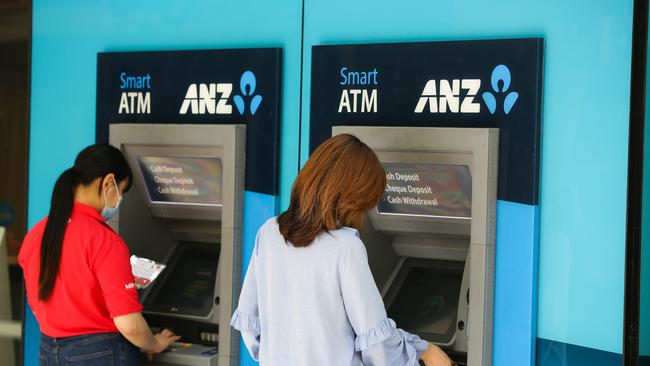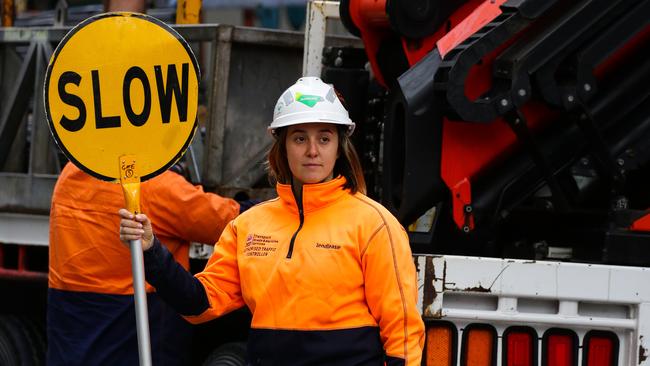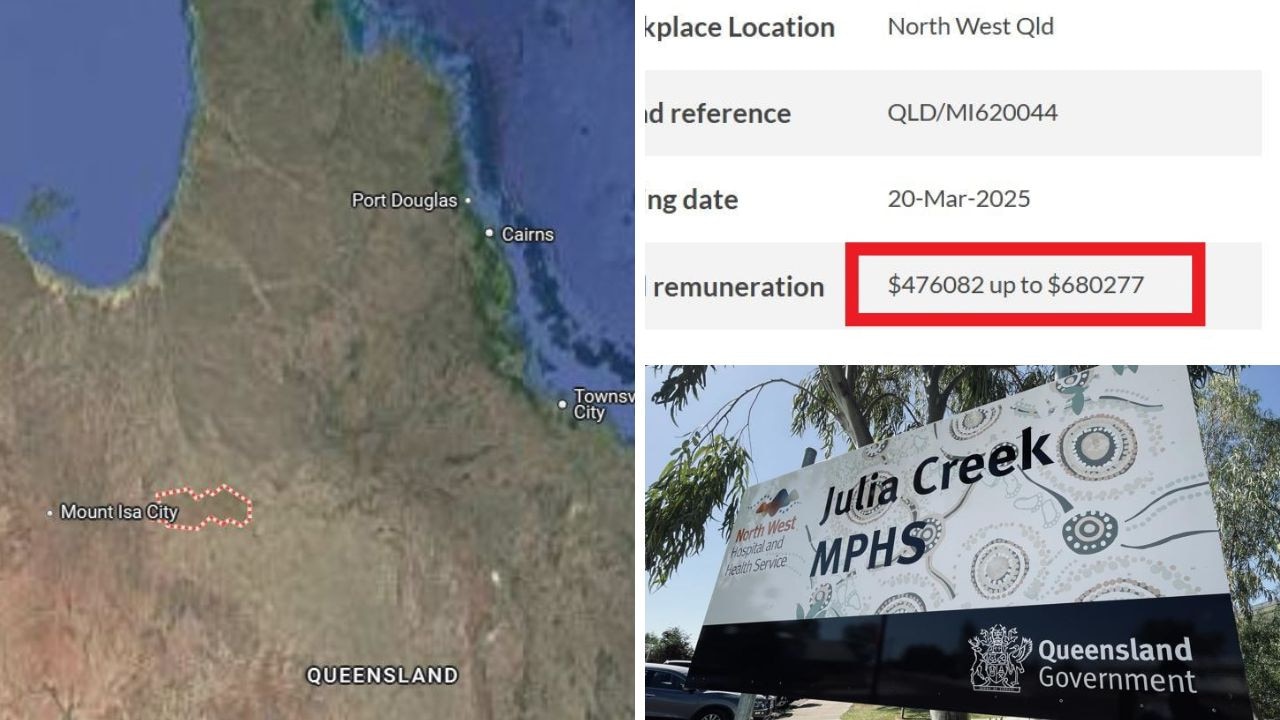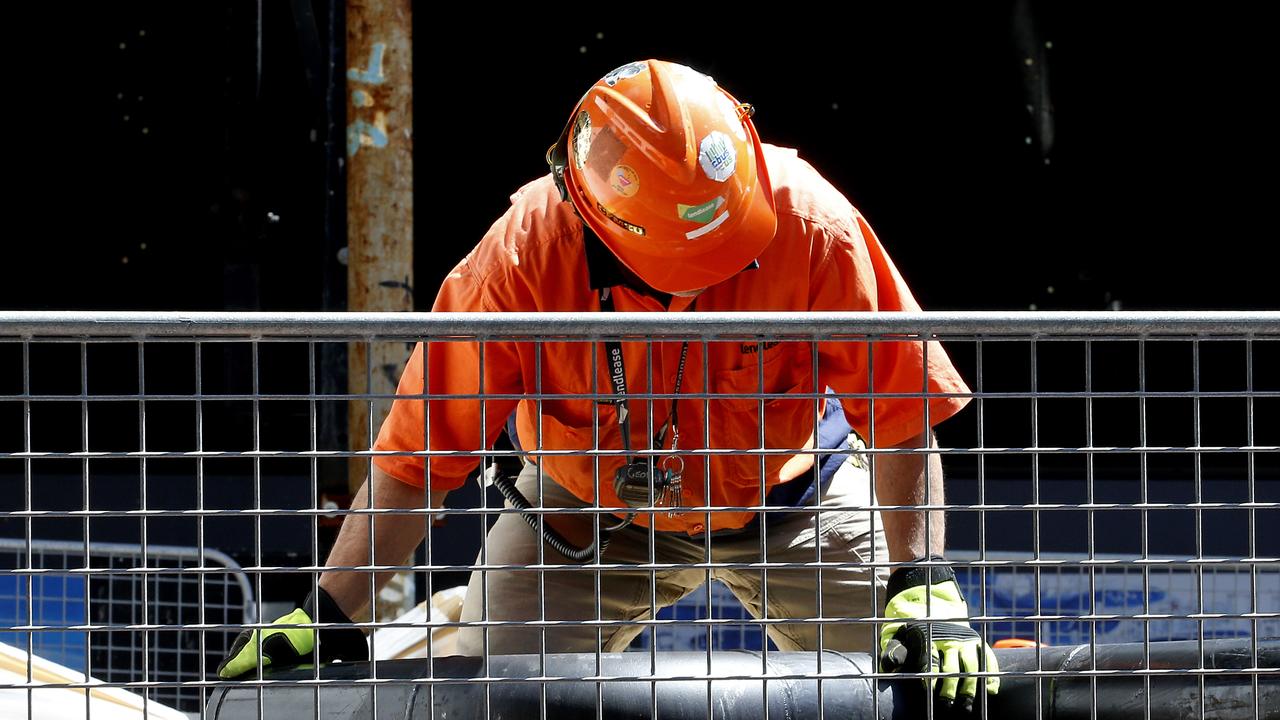Albanese government celebrates record levels of women in full-time employment
Women’s participation in the workforce is at an all-time high, with a record number of women entering full-time work.

Careers
Don't miss out on the headlines from Careers. Followed categories will be added to My News.
Australian women are engaging with full-time work at a record level, with nearly four million women undertaking a 40-hour work week.
New data from the Albanese government shows female full-time employment has reached 3.83 million, the highest number of women in recorded history to take up that level of work.
Not only has the full-time work figure reached record levels, but women’s labour participation, or the proportion of the working-age population who participate in the workforce, also hit a record high in June 2022 and March 2023.


A total of 163,900 more women have joined the labour force since May 2022.
Finance and Women’s Minister Katy Gallagher said she was pleased to see more women in the workforce.
“Supporting women to work in decent jobs is the key to women’s economic equality – and women’s equality isn’t just a nice to have, it’s an economic and social imperative,” she said.
The Albanese government has also enjoyed the largest increase in employment by any government in its first year. Total net jobs increased by 332,900 between May 2022 and April 2023.
The majority of those jobs (85 per cent) have been in full time work, increasing by 283,400 since May 2022.
Women are overwhelmingly behind those surging figures, with women accounting for two thirds of the growth in full-time jobs since May 2022 as 189,100 women took up full-time work.

Industrial Relations Minister Tony Burke said the federal government wants “every Australian woman to be able to work and earn to their full potential”.
“We’re not just getting women into jobs – we’re getting them into secure, full-time jobs,” he said.
“This is what happens when you have a government that is determined to improve job security and get wages moving – it encourages more people to join or come back to the workforce.
“Australian women can see that this is a government pulling every lever it can to close the gender pay gap and improve workplaces for women.”
The news comes just months after the passing of the gender pay gap bill which aims to increase pay transparency in Australia.
The Workplace Gender Equality Amendment (Closing the Gender Pay Gap) Bill 2023 will require employers with 100 or more workers to publish their gender pay gap data.
The national gender pay gap currently stands at 13.3 per cent with a woman’s average weekly full-time earnings currently $253.50 lower than their male counterparts.
Originally published as Albanese government celebrates record levels of women in full-time employment


